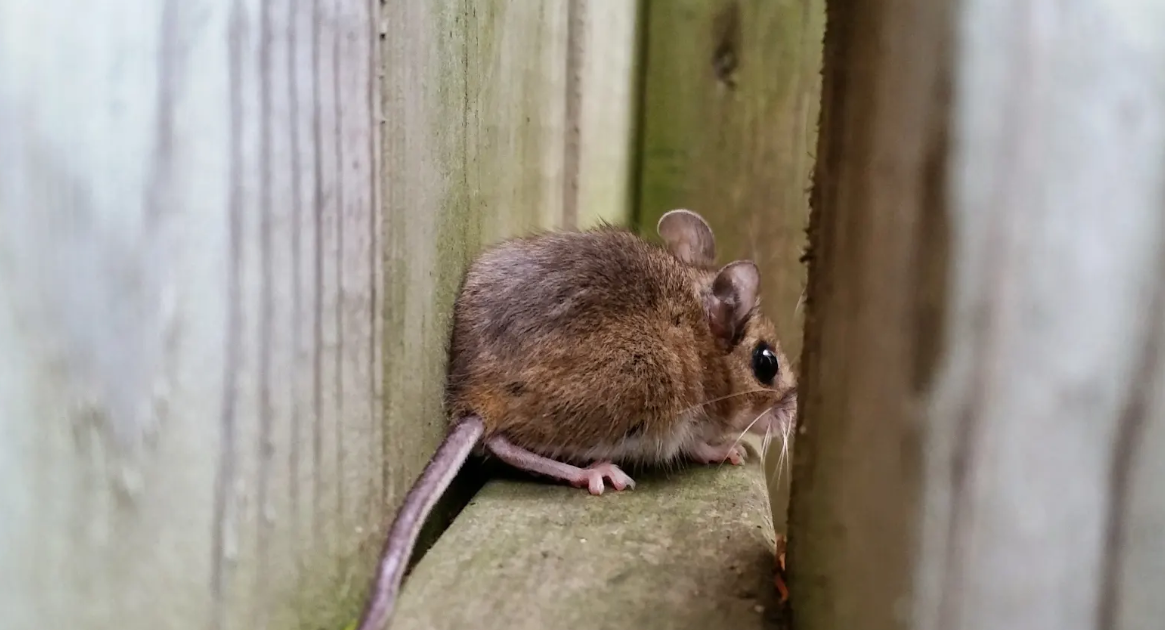Preventing mice infestations is a challenge that many homeowners in York Region face. These resourceful animals are experts at finding their way into homes, causing damage and creating health risks along the way. To keep them out, it’s important to understand what draws them in and take proactive steps to make your property less inviting.
Mice are typically attracted to homes that provide access to food, water, and shelter—their main requirements for survival. Many homeowners unintentionally create the perfect environment for them, but with the right strategies, you can protect your property and keep these unwanted visitors out.
Why Mice Are Drawn to Your Home
Mice are not random visitors. When they choose to enter a home, it’s because something specific is attracting them. Their decisions often come down to these three essentials for survival.
Food Sources
Mice have a strong sense of smell and are attracted to easily accessible food sources. Common attractants include open garbage, spilled bird seed, outdoor pet food, food scraps in compost, and leftovers from outdoor meals. These food sources encourage mice to stay nearby and can lead to infestations.
To prevent mice, eliminate these food sources:
- Seal garbage in sturdy bins with lids.
- Clean up food spills after outdoor meals or barbecues.
- Bring pet food bowls indoors after feeding outdoors.
- Use bird feeders with catch trays and clean up spilled seed promptly.
- Avoid adding food waste to compost, or use rodent-proof containers.
Simple steps like securing food and managing waste can effectively keep mice away.
Available Shelter
Mice are always looking for warm, safe places to hide, especially near food and water. Overgrown shrubs, woodpiles, cluttered storage areas, and gaps in walls make great nesting spots. Shrubs give them sheltered pathways, woodpiles provide warmth, and cluttered spaces like garages or attics offer materials like paper or fabric for nests. Even tiny cracks as small as a dime can let them in.
To keep mice out, trim shrubs and move woodpiles away from your home. Declutter storage areas and use plastic bins instead of cardboard boxes. Seal cracks and gaps in your walls with caulk or steel wool, and store food in airtight containers. Clean up crumbs and fix leaks to eliminate water sources.
A well-maintained home with fewer access points makes it much harder for mice to move in. Prevention is easier than dealing with an infestation!
Water Sources
Mice, like all wildlife, need water to survive, and even small amounts can attract them to your property. Standing water from puddles, leaky hoses, or air conditioning condensation is especially appealing, particularly during dry seasons when water is scarce. These water sources can also signal to mice that your property is a good place to nest.
To keep mice away, eliminate standing water:
- Fix leaky hoses, faucets, and irrigation systems.
- Improve drainage in areas where water pools after rain.
- Direct air conditioner condensation away from your home.
- Keep your yard clean by removing items that collect water, like unused pots or buckets.
- Empty and clean outdoor pet water bowls regularly.
Stopping water access is key to preventing mice from settling on your property. Taking these steps now will save you the trouble of addressing an infestation later.
Seasonal Factors
Many homeowners notice an increase in mouse activity during the colder months. This seasonal spike typically occurs because mice seek out warm indoor spaces as shelter from freezing temperatures. Canadian winters—especially in York Region—provide an incentive for mice to find even the smallest openings that allow access to homes.
Preparing your property before the winter months is key. Conduct seasonal inspections of areas such as foundation cracks, door seals, and vents. Addressing these vulnerabilities ahead of time ensures that your home is not providing an open invitation when temperatures drop.
Taking preventative steps to seal entry points and eliminate attractants can make all the difference during periods of heightened activity.
Why Cleanup Is Essential
Removing food sources and sealing entry points are excellent first steps in addressing mice issues, but an important aspect of prevention is often overlooked—cleanup. Mice leave behind droppings, urine, and scent trails, which not only create unpleasant living conditions but also signal to other mice that your home is a good location.
Why Skedaddle’s cleanup matters:
- Eliminates Health Risks: Droppings and urine can carry bacteria that pose health risks to your family. Proper cleanup ensures a safe living environment.
- Neutralises Scent Trails: Mice use scent markers to communicate with one another, leading others to the same location. Neutralising these markers prevents repeat activity.
- Restores Contaminated Areas: Damaged insulation, contaminated storage spaces, or soiled materials in your home need to be correctly cleaned and replaced to restore your property.
- Provides Long-Term Results: Thorough cleanup reduces the chances of mice using the same areas for nesting again.
When cleanup is done right, it doesn’t just handle the visible signs of an infestation—it tackles the underlying issues that cause mice to return. This makes it a vital step in ensuring long-term peace of mind for homeowners.
Take Action Against Mice Today
Preventing mice infestations starts with understanding what makes your property attractive. By addressing food, water, and shelter, alongside sealing entry points and ensuring proper cleanup, you can keep your home protected.
At Skedaddle Humane Wildlife Control, our professional services help homeowners in York Region create safe, secure spaces without compromising on humane techniques. We focus on identifying attractants, closing off points of entry, and delivering thorough cleanup services to give you confidence in a job well done.
Contact us today to reclaim your home and ensure it remains secure—free from the causes of recurring infestations. Experience the peace of mind that comes with knowing your property is well-protected!




